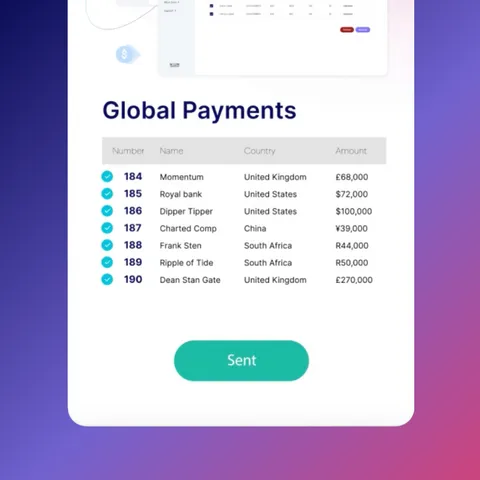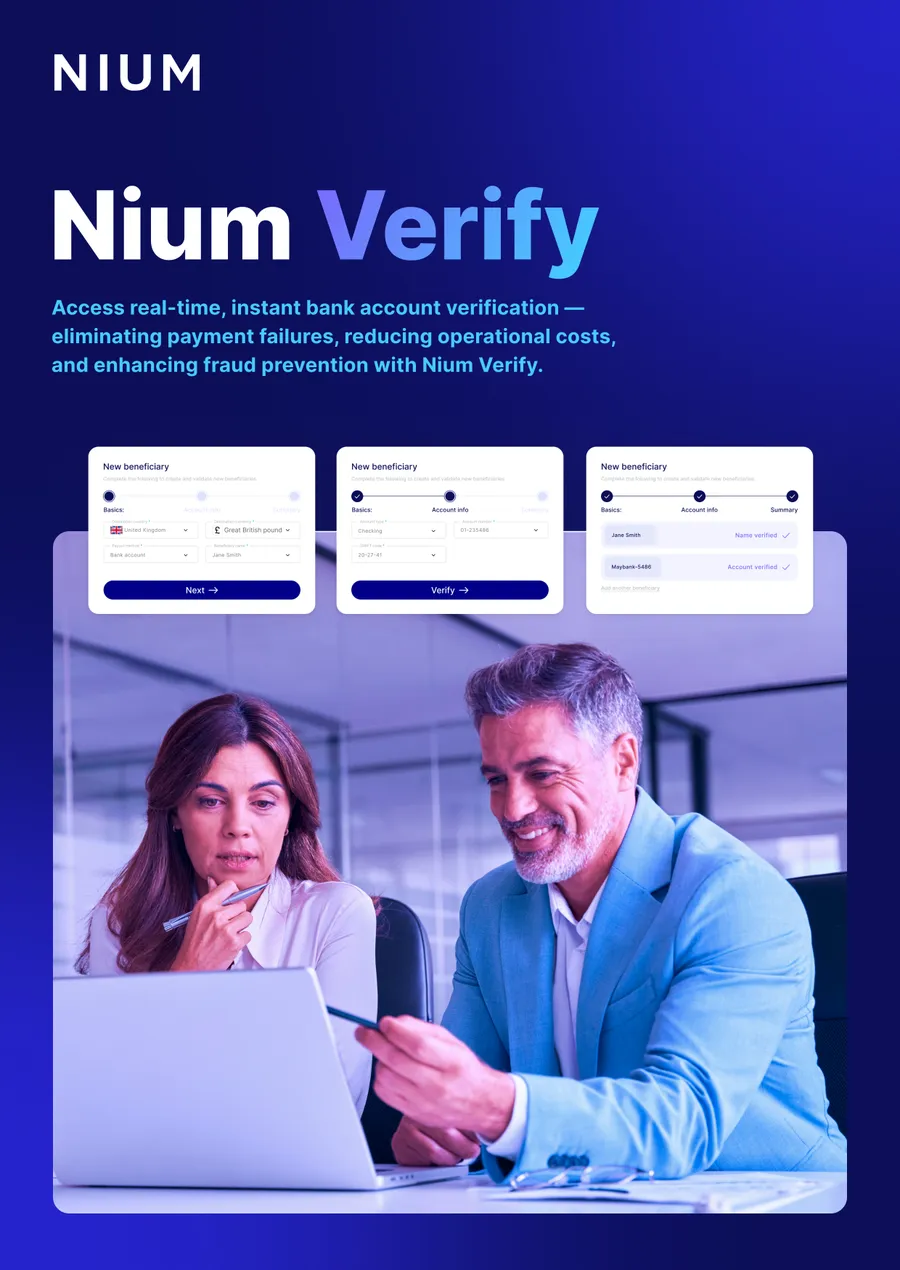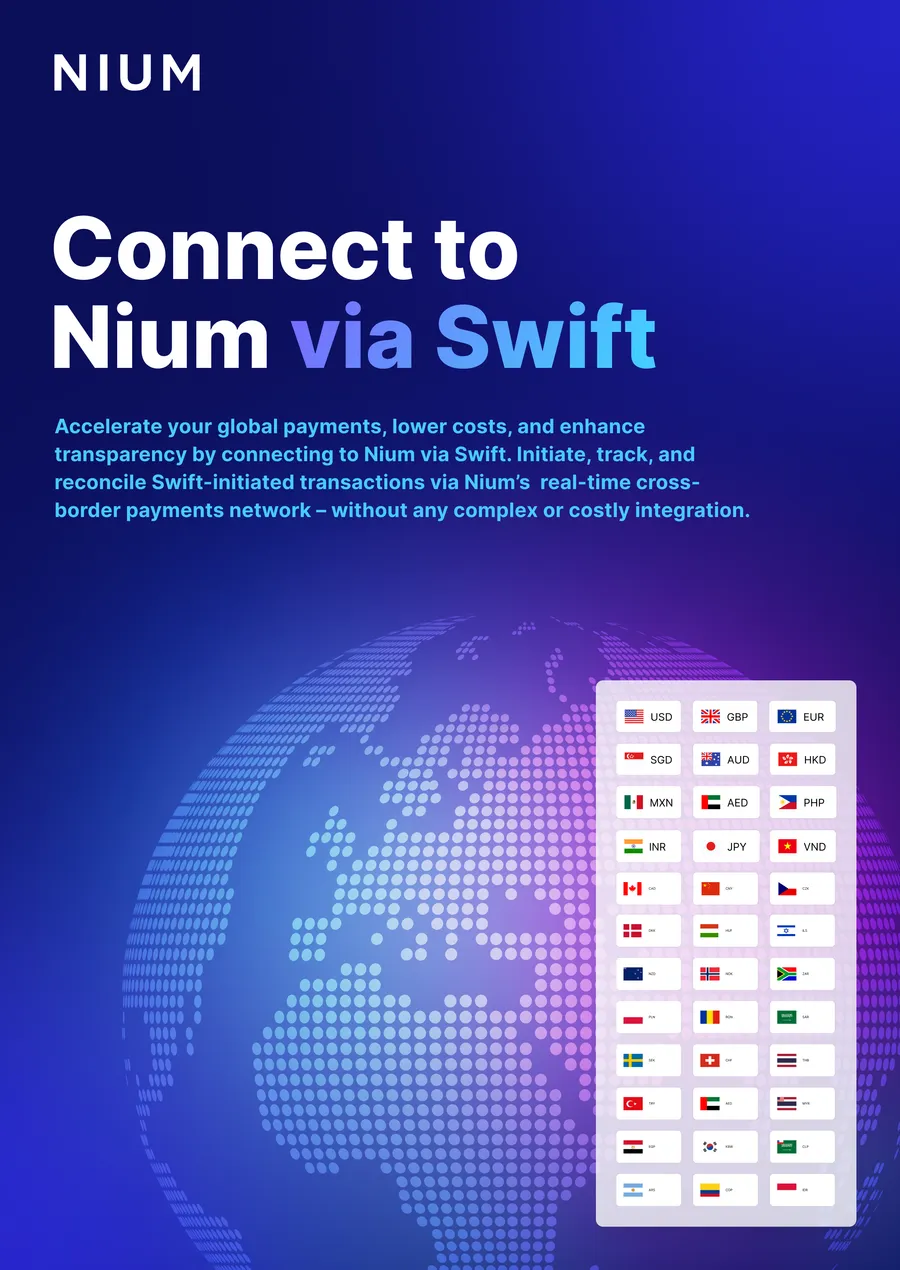Even before the pandemic, businesses and their employees were increasingly making the transition from in-office to remote working. But the global pandemic has seen an unprecedented acceleration in the trend.
According to PwC’s 2021 Health and Well-Being Touchstone Survey, 91% of employers said they added “flexible work arrangements” to their employee benefits due to COVID-19, and workers have adapted quickly. As Oren Cohen, a business development leader at Nium specializing in global payroll challenges says, “A lot of individuals around the world are finding out that they can actually manage their entire lives in their home.”
In fact, in a FlexJobs survey of about 4,600 job seekers conducted in the summer of 2021, 58% said they want a fully remote role post-pandemic, and 39% preferred a hybrid setting. The preference is so strong that 52% of respondents from one survey agreed to a pay cut if they could get a guarantee of remote work or to split their time between home and office.
By region, the inclination towards remote working is highest in North America (68%) followed closely by Europe (65%) and Asia-Pacific (64%) and least in Latin America (53%), making it a majority preference across the globe. But the wants of workers aren’t the only factor fuelling the transition to cross-border teams and a new global workforce.
Solving the talent crunch with a global workforce
The pandemic saw travel bans, closed borders, and reluctance among workers to put their health at risk.
This has forced businesses to digitize rapidly, and things aren’t going back to the way they were before. “We’re beyond the point of no return,” says Gabriel Grisham, business development leader at Nium. “Some companies will say you need to come back into the office and others are just going to say, ‘look, we’ve got the infrastructure to work from wherever.’ Individuals have much more choice and freedom on where they want to work.”
But rapid digitization has also seen the skill sets required in many industries change practically overnight, and businesses need talent that can keep up. According to a World Economic Forum report, about 40% of the global workforce will need reskilling of up to six months by 2024, but we’re seeing the effects already.
Nearly 69% of companies have reported talent shortages and difficulty hiring in 2021– a 15-year high. And it’s those companies that aren’t able to support a hybrid workforce comprising cross-border teams that are likely to get left behind in the rush for new hires. The same report states that 74% of industries having a headcount above 250 and being unable to offer flexibility are struggling the most with talent shortages.
That’s one more important reason businesses should be looking to recruit international employees to build hybrid workforces and cross-border teams. But it doesn’t stop there.
Diversity in the Hybrid Workforce
The pandemic, as well as social trends, have seen diversity, equity and inclusion become a key focus for both workers and businesses. A CNBC/SurveyMonkey Workforce Survey found that a significant majority of U.S. workers (nearly 80%) are already saying they want to work for companies that make DEI a priority. And it’s predicted that in 2022 this will become more prominent than ever before.
One way of making a workforce truly diverse, equal, and inclusive is by opening up accessibility to everyone, regardless of location. That’s another strong argument for businesses to ensure they’re equipped to tap into the new global workforce’s potential. But without an effective means of handling cross-border payroll, doing so would be near enough impossible.
Simple, Seamless Payments for the New Global Workforce
The new global workforce has the potential to change the way businesses compete.
It’s more skilled, more remote, more flexible, and more inclusive. But it also poses challenges. Grisham frames the problem perfectly: “If you’re not experienced in employing people around the world and get somebody that’s key to the organization that wants to go live in Latin America or Europe and you’re in the U.S., how do you deal with that?”
One of the biggest considerations with a cross-border team is payments. “Sending wires every two or four weeks is not the best way to put money in somebody’s bank account,” says Grisham. And one of the most difficult problems in making global payments is licensing. “If you want a uniform solution where the interface is the same, where the user experience is the same, you really need a very solid licensing regime at the company level.”
Nium has all the infrastructure to streamline cross-border payroll for the new global workforce. Established licensing agreements and localized knowledge facilitate simple, seamless payments in 190+ countries and territories, which means real-time deliveries in multiple formats without delay or extra fees.
The new global workforce is here to stay, and any business that wants to benefit from a worldwide pool of diverse talent needs to tap into it. The only way to do that is with simple, seamless payments.
To learn more about the new global workforce, download Nium’s ebook, Paying the New Hybrid Global Workforce, or contact a Nium expert to find out how your company can expand more effectively with seamless payroll services.




.png@webp)


.png@webp)
.png@webp)
.png@webp)





